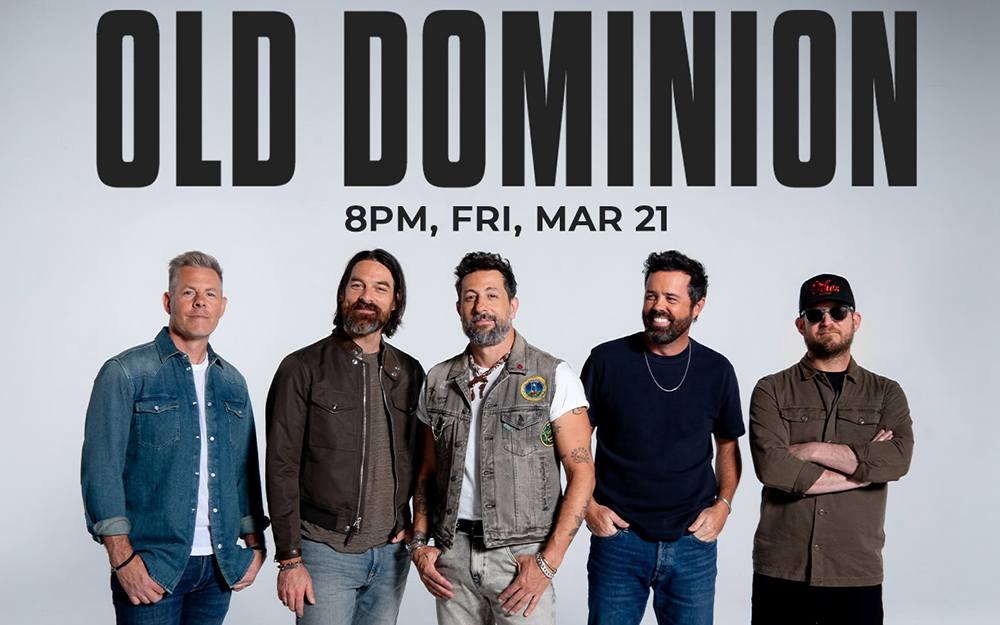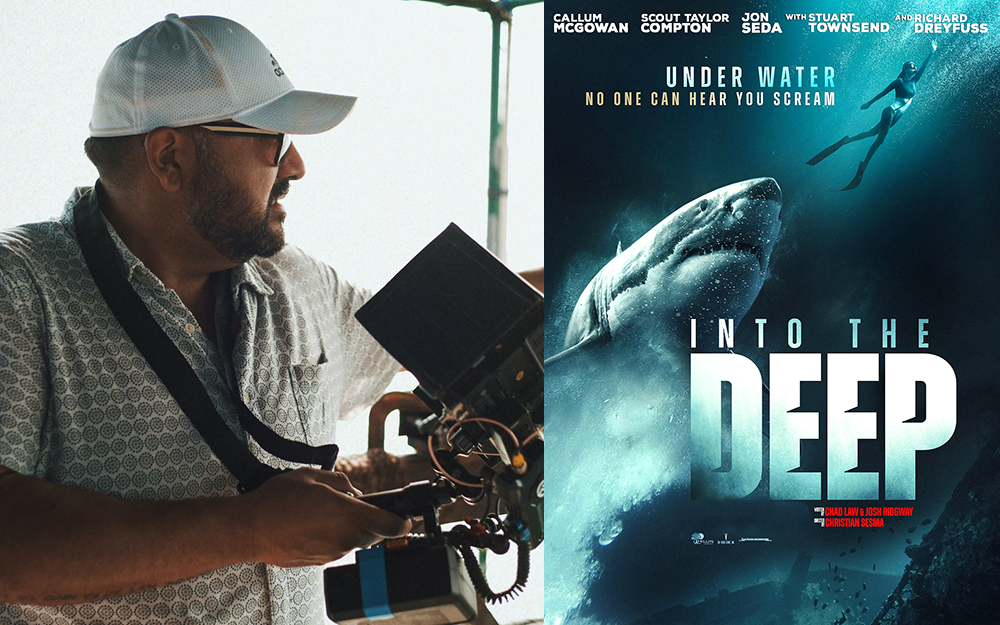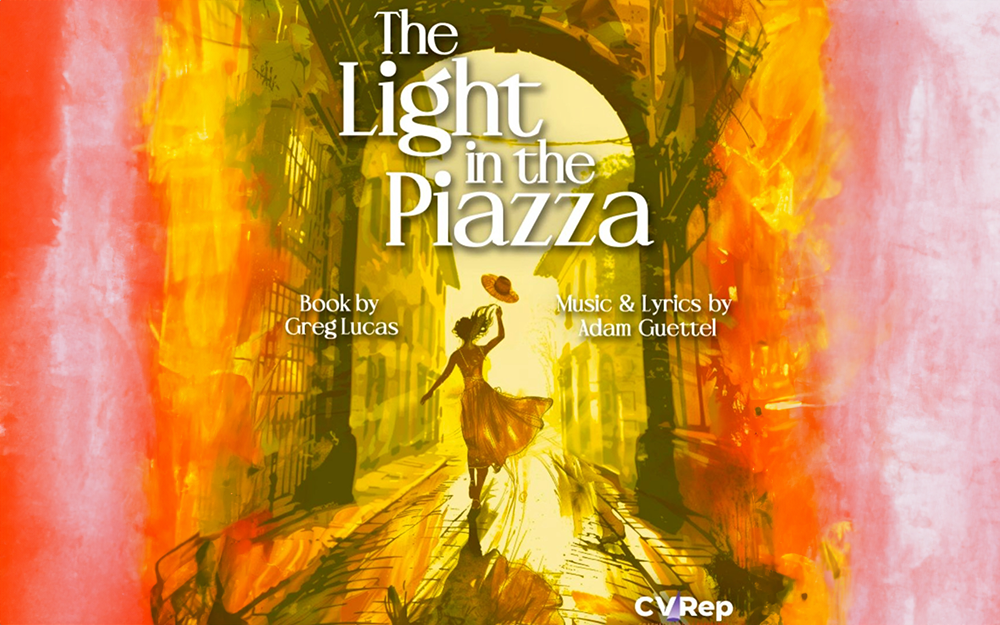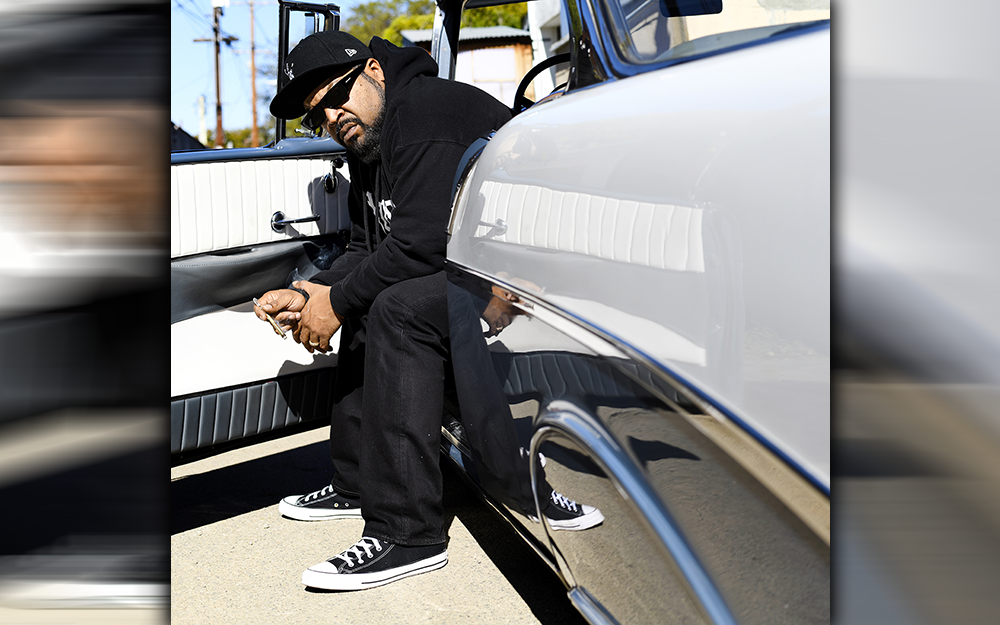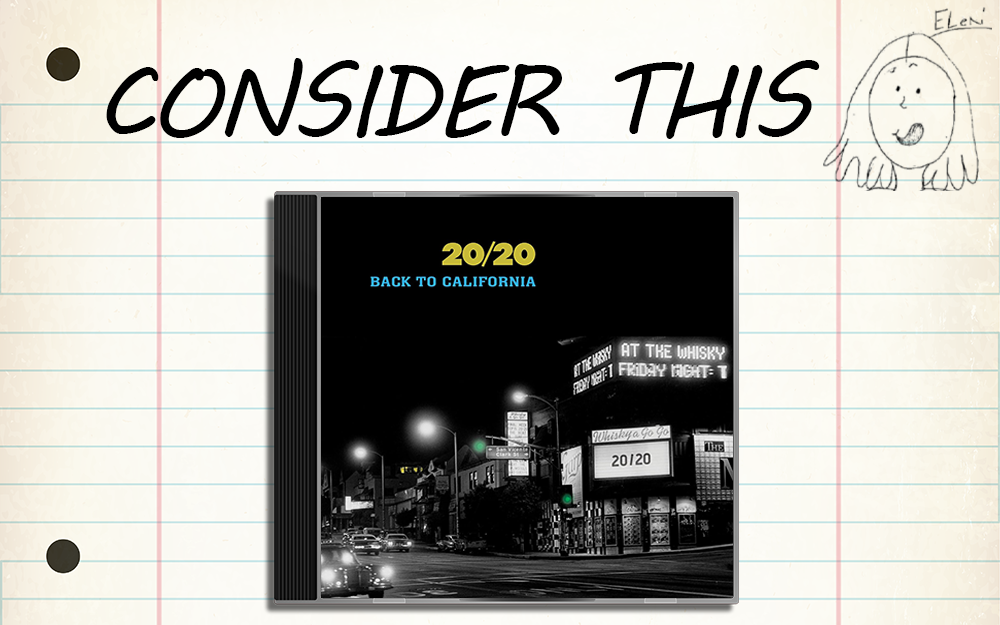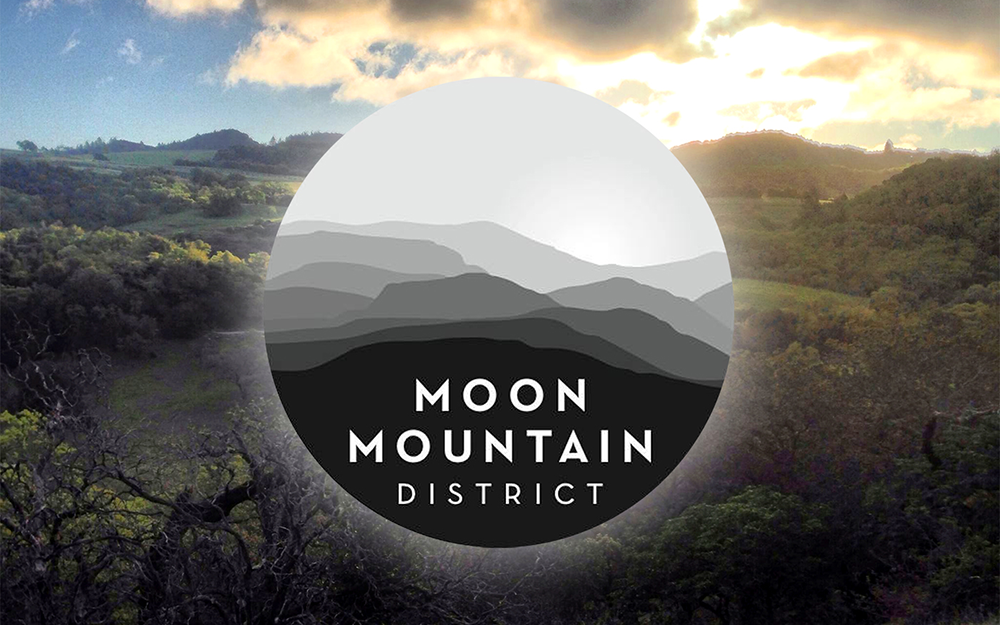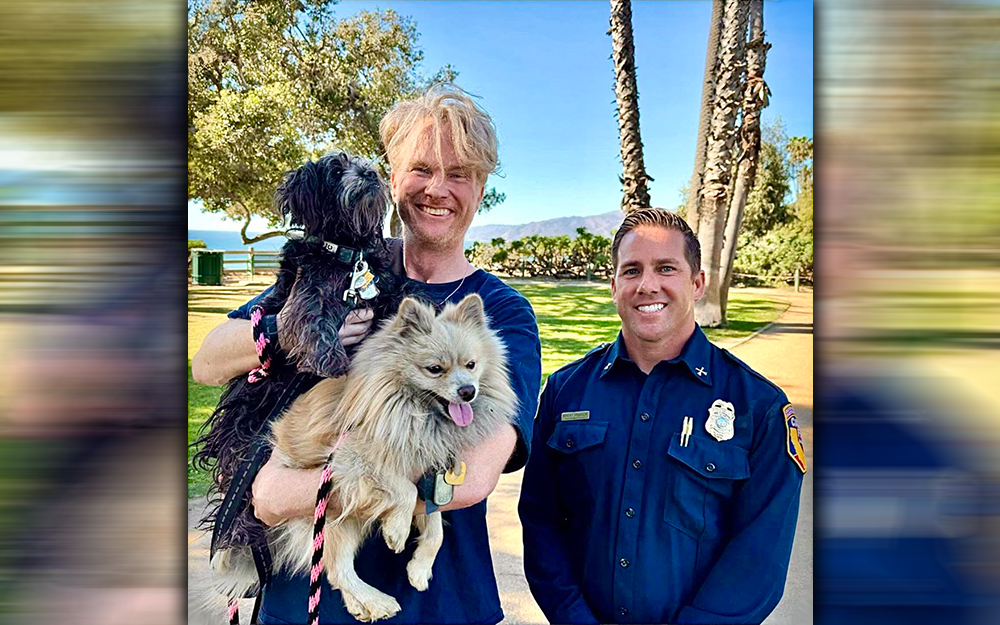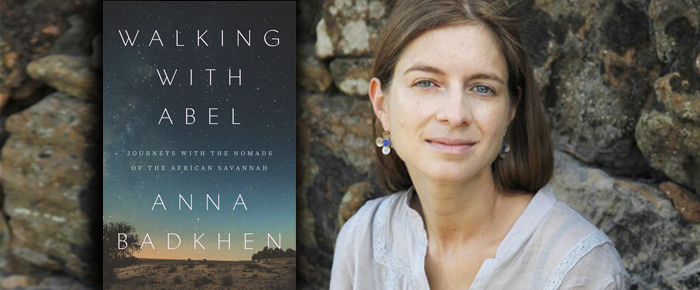
By Heidi Simmons
—–
“Walking With Abel”
by Anna Badkhen
Nonfiction
—–
Nomadic people have roamed this planet since the beginning of time. Around the globe borders have been drawn and more and more boundaries have been created. In Anna Badkhen’s Walking With Abel: Journeys With the Nomads of the African Savannah (Riverhead Books, 320 pages), a transhumant culture struggles to exist in the rapidly changing world.
After the end of a love affair in 2013, brokenhearted and lonely, Badkhen embedded herself for a year with an ancient tribe of nomadic African cowboys called the Fulani. Transhumance is the practice of moving livestock from one grazing area to another in a seasonal cycle.
The Fulani are 20 million strong. They are half of the entire world’s nomadic population. Their seasonal journey with their cattle and goats crosses African countries that include the Niger Delta, Mali, Burkina Faso, Guinea, the Ivory Coast and other complicated and volatile nations.
The Fulani are nearly illiterate — although many have memorized the Qur’an. They are a society where cattle and milk are more valuable than money. The men own the cattle, but the women own the milk. Using the milk and the products the women make from it, they barter for grain, salt, sugar, dried fish and other needed items.
The Fulani children, both boys and girls as young as age seven, care for and manage the livestock.
Each season the Fulani navigate their journey across West Africa by using the movement of constellations across the night sky. Their campsites are also gravesites. They measure distance by footsteps. “Two thousand footsteps per mile. Twenty to forty thousand footsteps a day. Seven to fifteen million footsteps a year.”
Although the Fulani know nothing about global warming, they experience regional climate change first-hand. The seasons are longer and hotter. There are bigger sand storms and less water. Their cattle are sickly and produce less milk. Their children are more susceptible to malaria and death.
The Fulani have no doctors and rely on natural remedies found and made along the journey.
With no country, the Fulani and other nomads are facing more and more trouble. The Fulani are Sufi Muslims. They are often attacked by Muslim fundamentalists. Farmers don’t like the nomads crossing their land and skirmishes have become more frequent and violent. Some Fulani pushed out of their lifestyle have turned into jihadists leading to battles with foreign military that include France, the US and the United Nations.
The French government of Mali has tried to assign voter IDs to the Fulani so they can have a voice. But ethnic superiority among the different groups has created fears of ethnic cleansing.
So what does the future hold for the Fulani and other transhumant cultures? The author does not speculate and offers no conclusion. Her journey just ends. But, to be fair, she is not an anthropologist or sociologist.
Badkhen is a journalist who has spent extended periods of time in Afghanistan, Iraq, Somalia and Chechnya. She has reported for the world’s best periodicals and this is her fifth book. In fact, I think it’s fair to say that Badkhen herself is a nomad.
The Fulani live in the present. They are a stoic people. Women who cry over dead children risk weighing the child down and barring his soul from entering heaven. If the child is barred from heaven, he cannot testify on her behalf. So they do not cry when a child dies. They suffer in silence.
These are the moments where Badkhen’s narrative shines. Her journey is not only the slow walk across Africa; it is the emotional journey with her Fulani family. Their life philosophy and determination is fascinating. It is filled with wisdom, sorrow and hope.
When Badkhen was approved to be a part of the Fulani group, she was named Anna Bâ Fulani Bâ, which means “owner of white cattle.” In a ceremony, she was given the name of nobility that made her a white member of the family. Her new name suggests her skin being the color of milk.
One of the most moving moments in the book is when Badkhen is asked where she is from. She considers the question and cannot come up with an answer. The matriarch of the clan she lived with answered for her: “She is with me. We are here now.”
Badkhen includes the Fulani nomadic history that spans millennia. She also looks at how Islam entered their culture.
The book reveals a region that seems in near total chaos. At a bizarre, while the Fulani women shopped for supplies, men shared cellphone images of the death of an al Qaeda executioner who enforced shariah law. He was hacked in half length-wise! The Fulani celebrated his death because he was considered a beast. The Sufi Fulani said, “This is not shariah. They [al Qaeda] are not Muslims. They [al Qaeda] aren’t humans.”
Walking With Abel is, at times, poetic. Other times I felt I was walking with her blind – unable to get a clear sensory picture. A nice touch throughout the book is the author’s thumbnail sketches.
The title is a reference to the Biblical story of Cain and Abel. Is Badkhen “walking with Abel” because, as a transhuman, he died at the hand of his “farmer” brother? If so, then perhaps Badkhen is making a conclusion about the Fulani. One that is indeed most dire.




